Geology Reference
In-Depth Information
the inside edge of the curve, leaving behind or depositing sediments. These de-
posited sediments create a
point bar.
Figure 12-6:
A me-
andering stream
channel that cre-
ates an oxbow
lake.
In the case of an oxbow lake formation, the point bar continues to grow, leading to in-
creasingly large, bendy curves with only a narrow section of dry land between them.
The next time the streamflow is greatly increased (perhaps due to rainfall upstream), a
new, straighter channel will be created, cutting off the loopy edges of the old meander-
ing channel. These old loops become oxbow lakes alongside the main river channel.
Straight stream channels
Straight channel patterns are not very common but do occur — usually where the land-
scape is steeply sloped and a stream flows rapidly, straight downhill. They can also ap-
pear when the streamflow is temporarily increased, causing a more rapid flow through
sediments that are easily eroded.
Depositing sediments along the way
Any earth material that a stream leaves behind is called
alluvium,
regardless of its size
or shape. Most alluvium is left somewhere on the continent as the stream moves toward
the sea, with only a little bit actually being deposited into the oceans.
When a stream floods, water flows out of its channel across the stream's
floodplain,
: the
area on either side of the stream channel. The increased speed and volume of a flood al-
low larger amounts of sediment to be carried in the streamflow. But after the water
spreads across the floodplain, the speed slows down and begins leaving sediments be-
hind, creating these landforms:
Levees:
Levees are created when the largest particles are deposited from the flood-
ing stream. These particles are usually deposited right along the channel because
the heaviest particles are dropped first as soon as the streamflow begins to slow
down.




